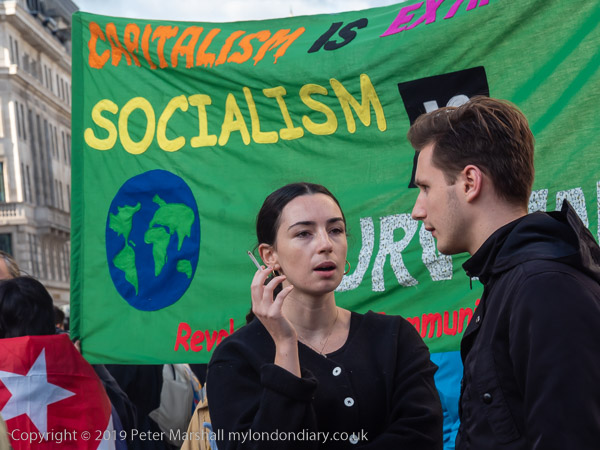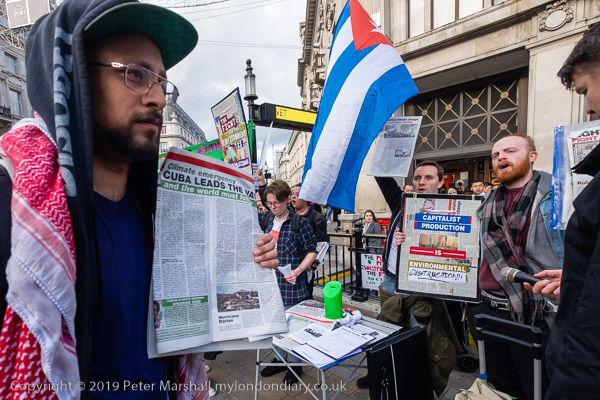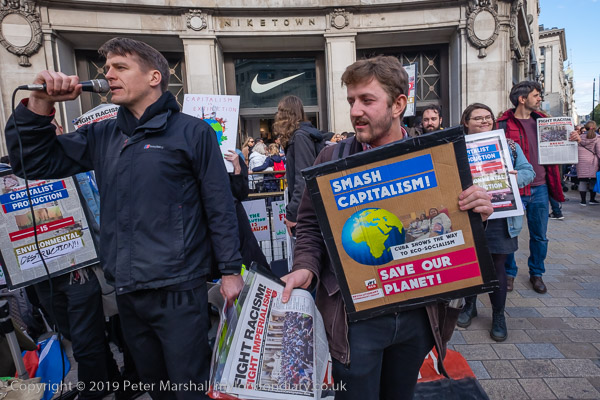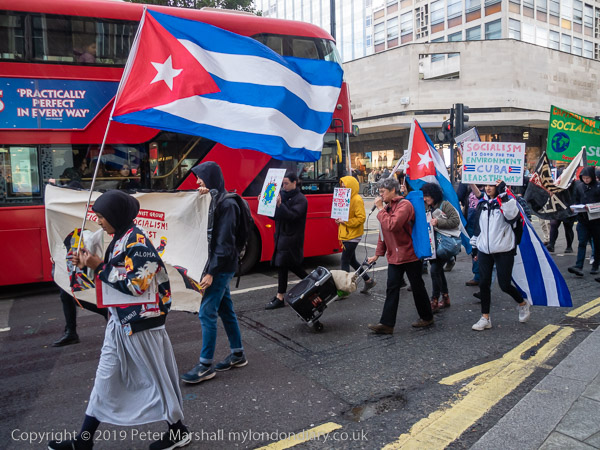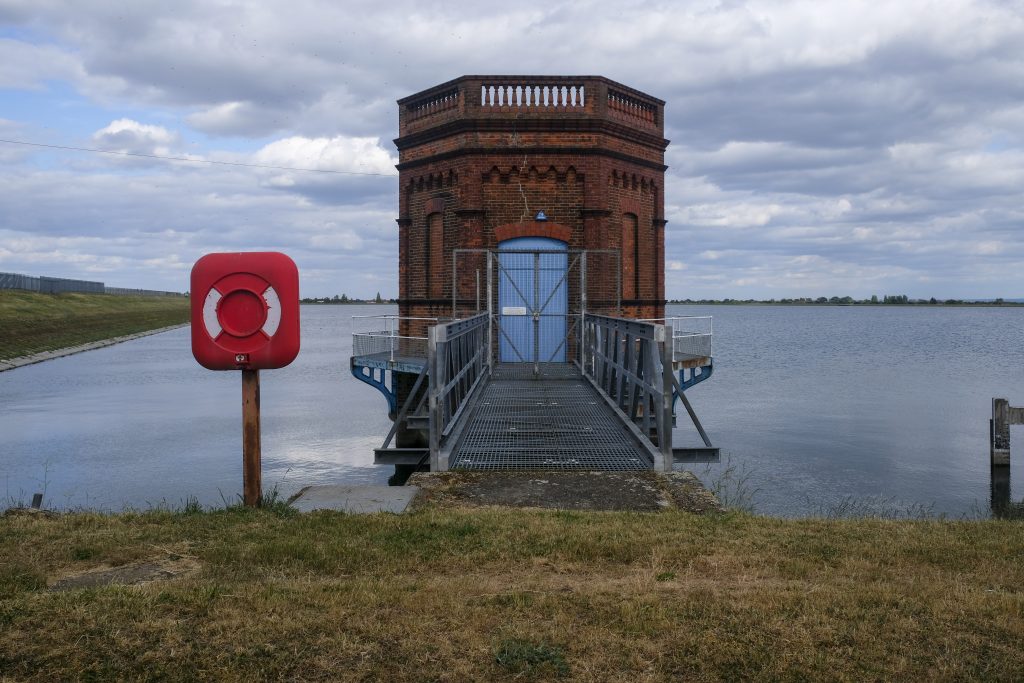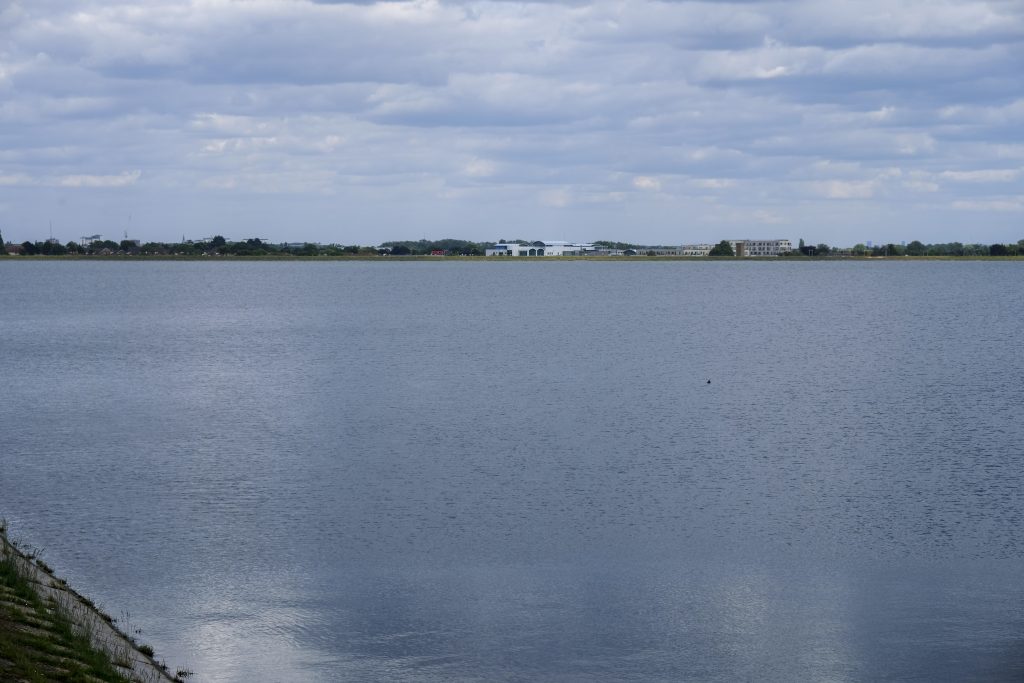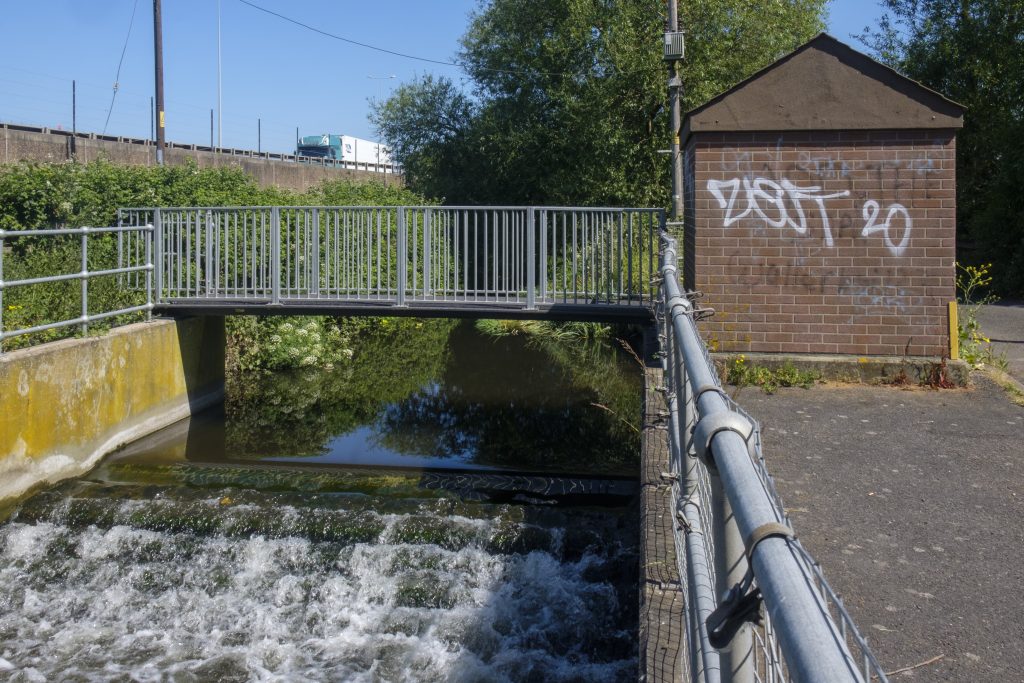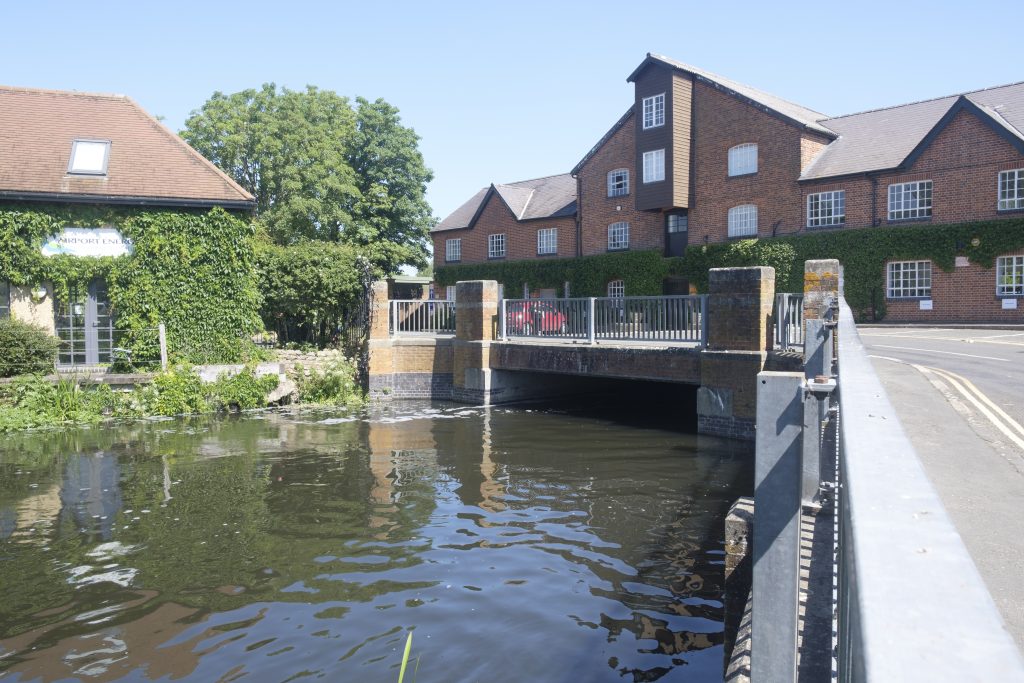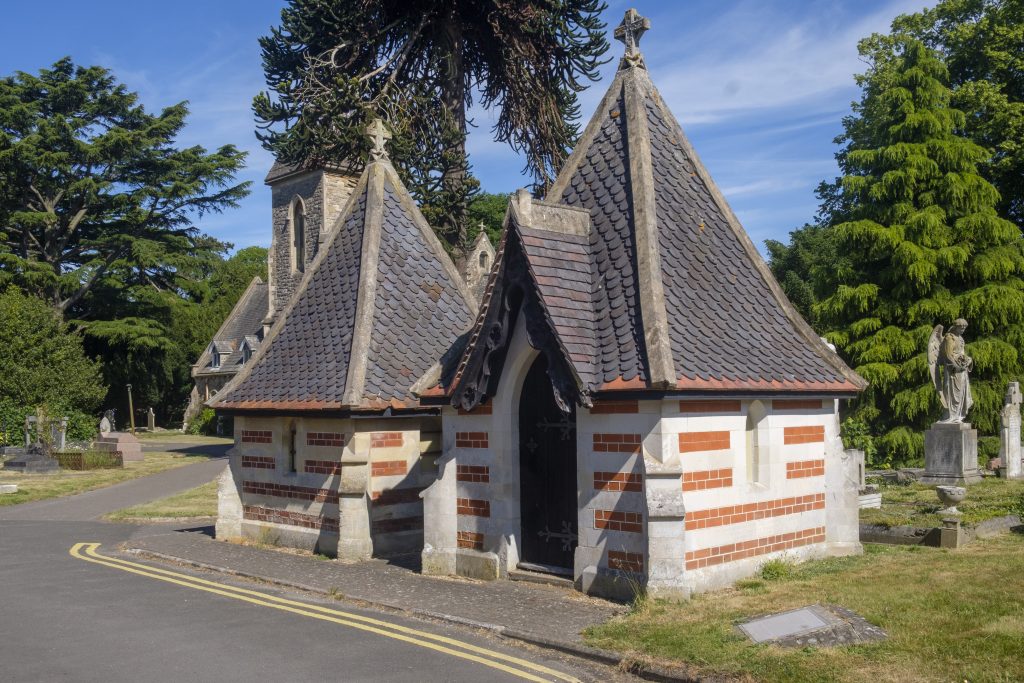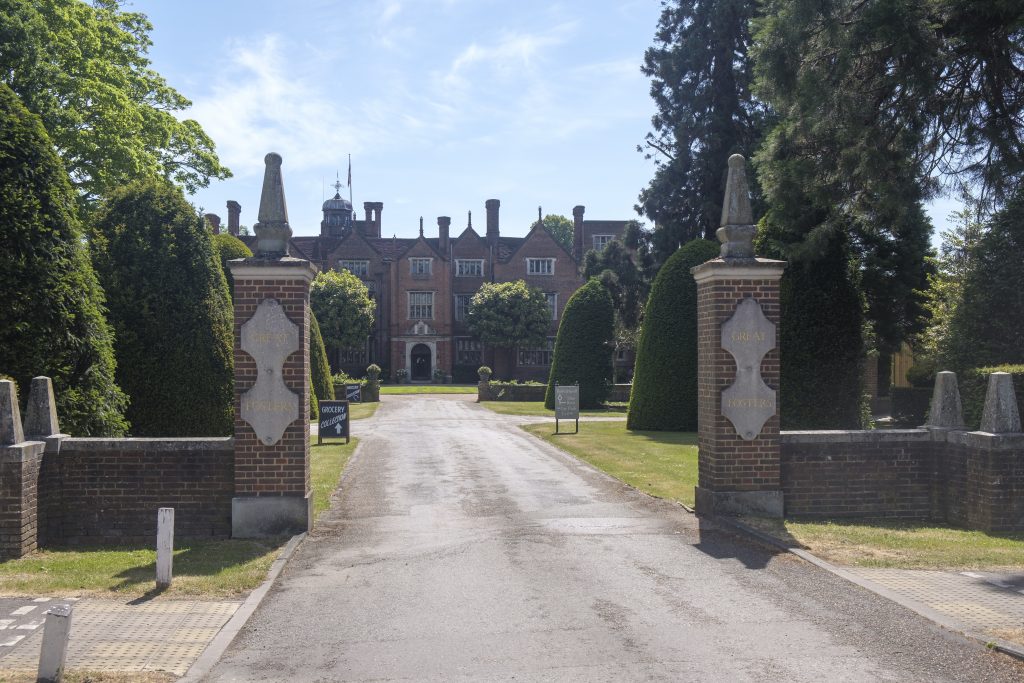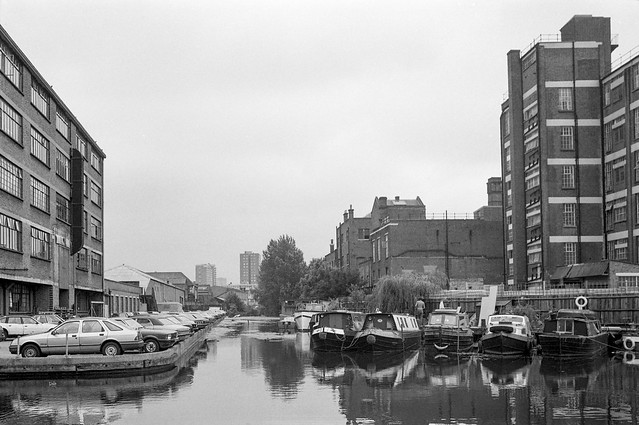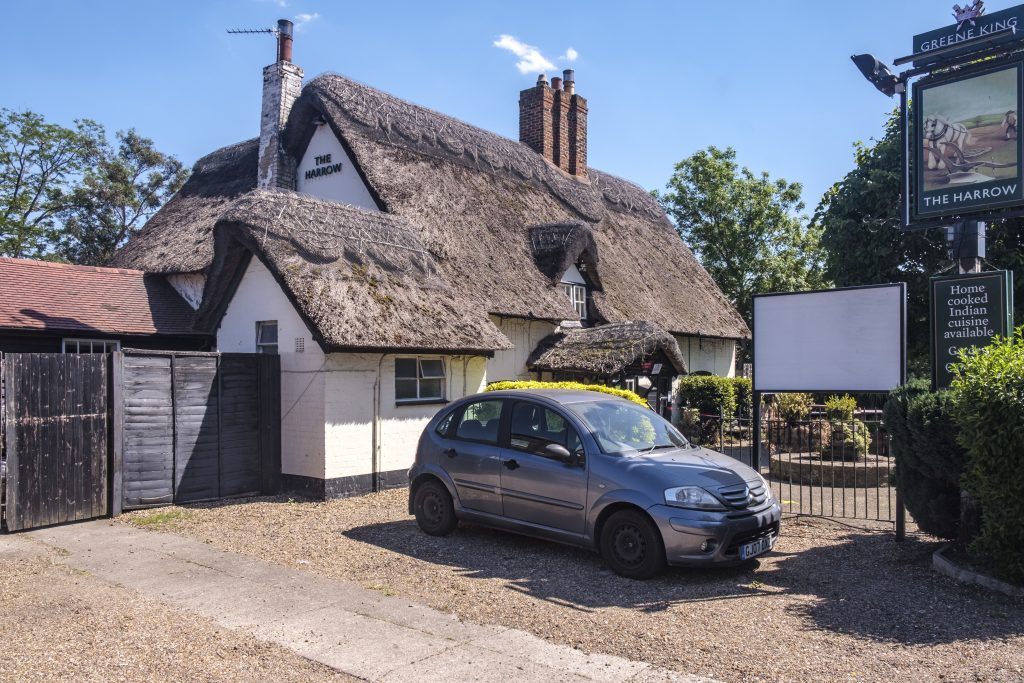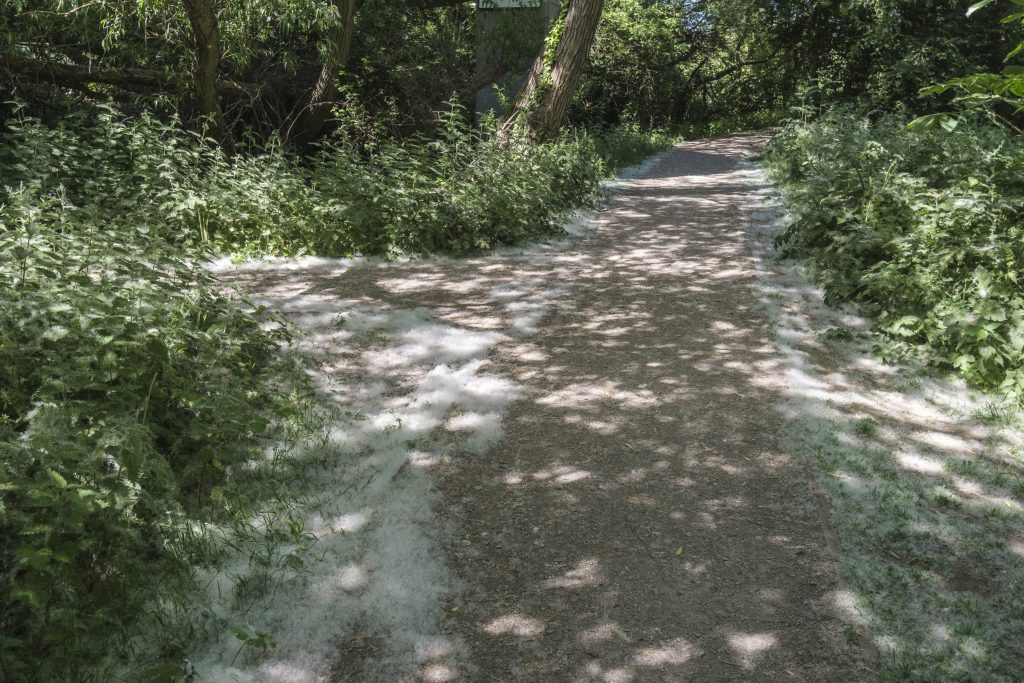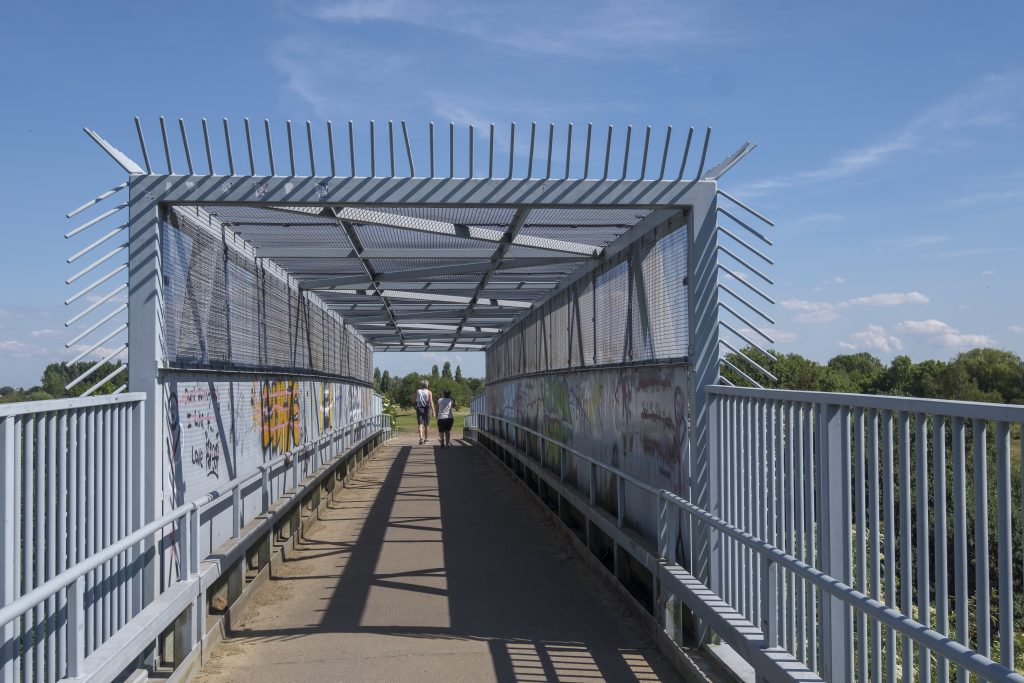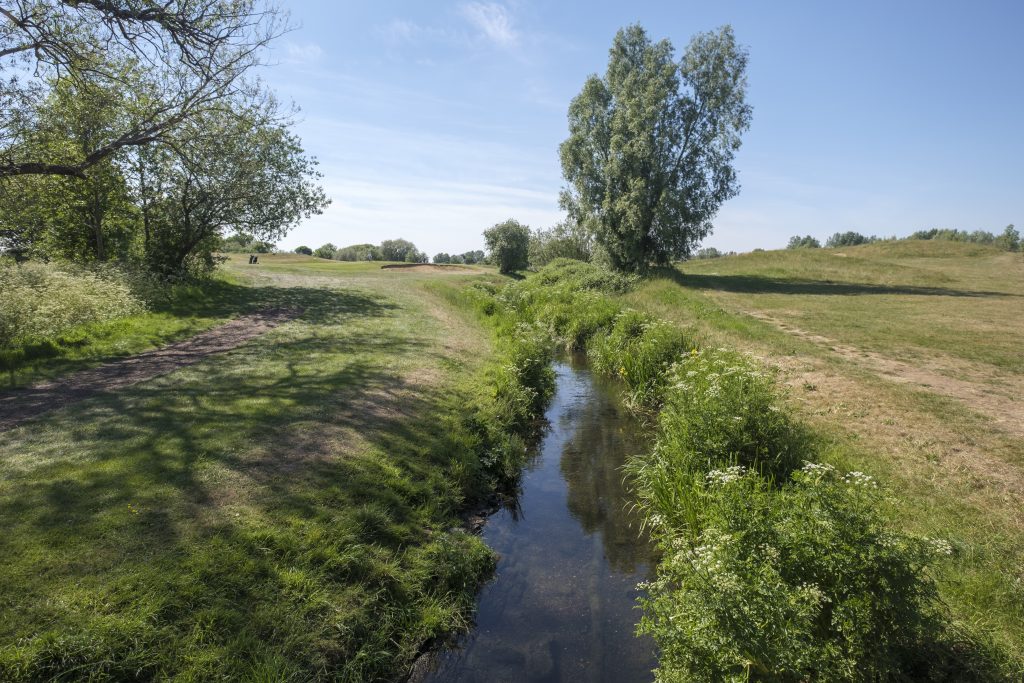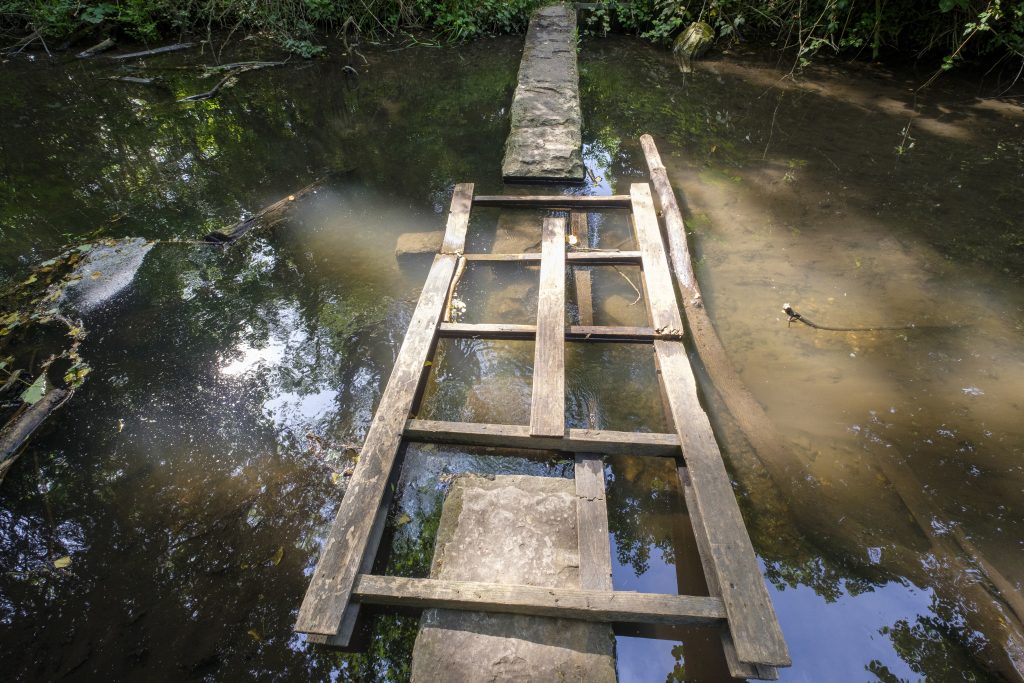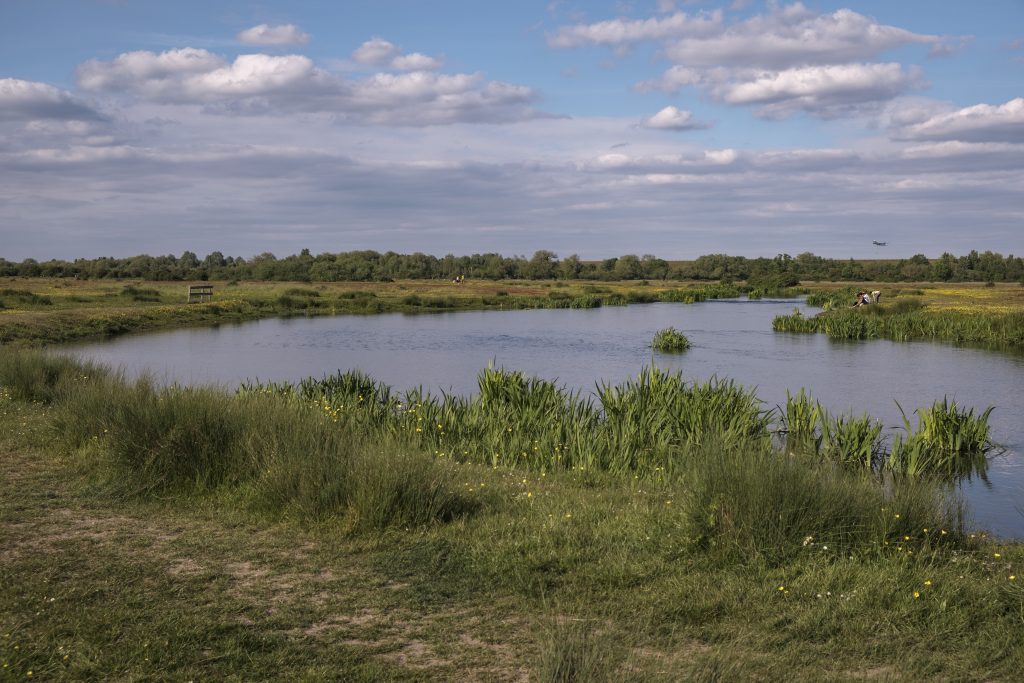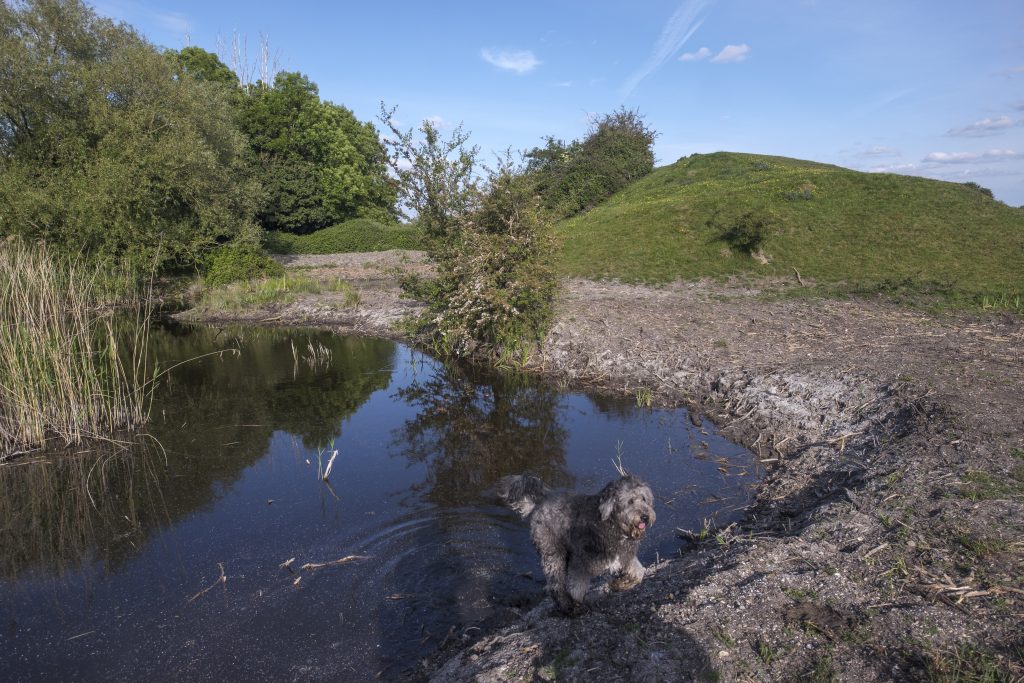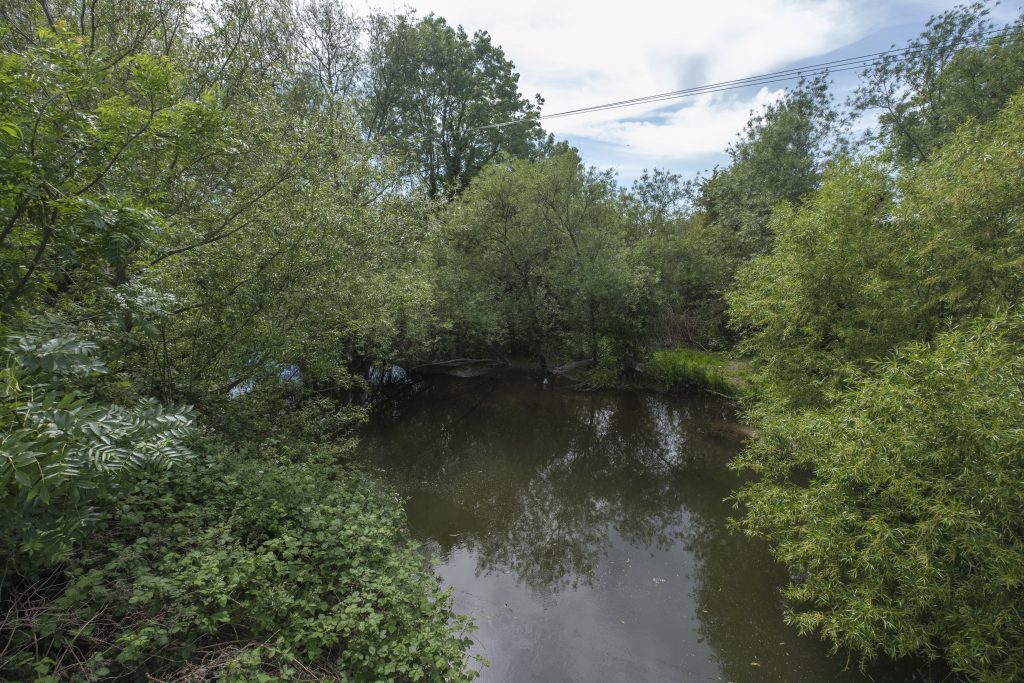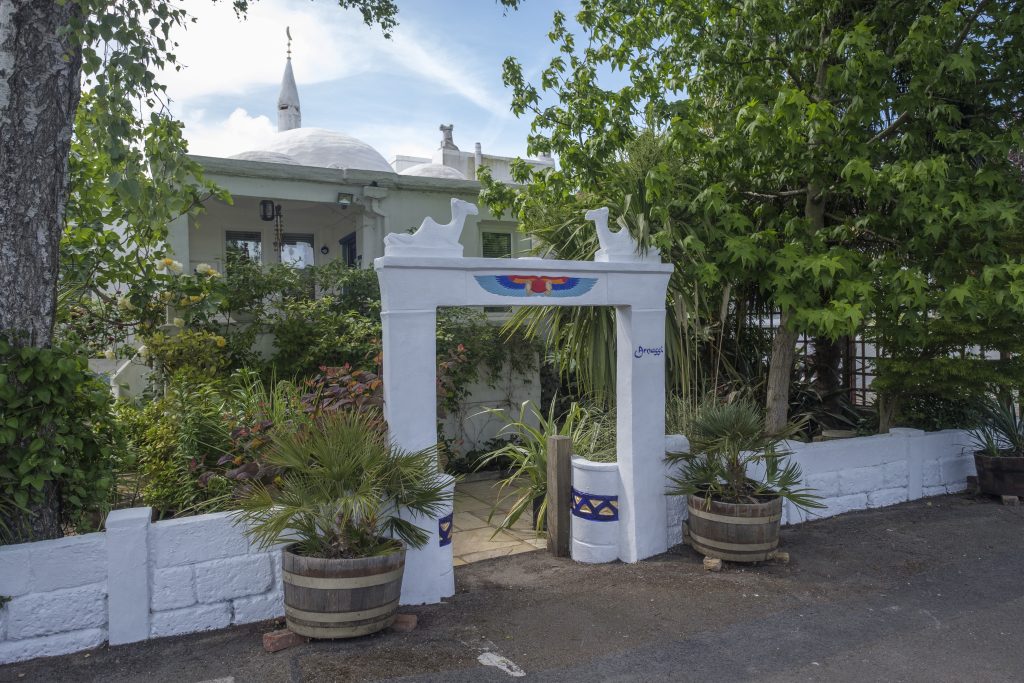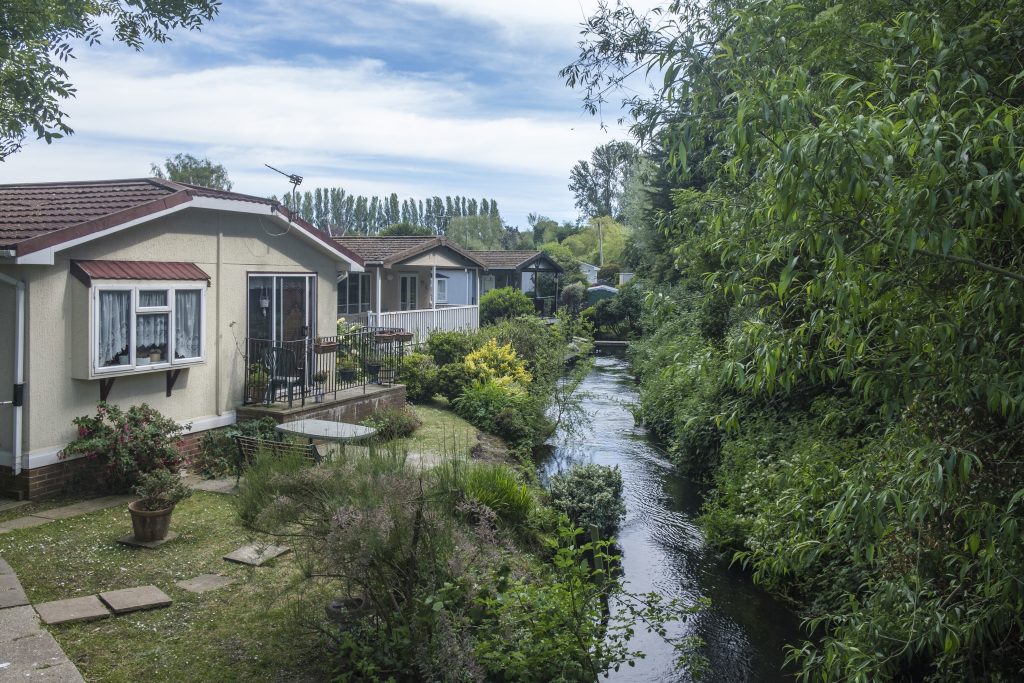Page 7 of my black and white work in 1986 London Photos begins in the City but then gravitates east to Aldgate, Whitechapel and Wapping.
Holborn Viaduct which carries the road over the Fleet valley – Farringdon St – is a remarkable piece of Victoriana, and a considerable feat of engineering at the time as well as well as a remarkable example of city planning. The scheme, which included the buildings at the four corners of the bridge as well as roads around including Holborn Circus, streets leading to Smithfield Market, as well as provision for gas, water, sewage and other services cost around £2 million in 1863-69 and has been described as “the most ambitious and costly improvement scheme of the [nineteenth] century” and as the world’s first flyover. You can read a detailed account of it at The Victorian Web.
What interested me most were the sculptures which adorn the bridge and I’ve photographed them on various occasions over the years. In 1986 I could only bring myself to stop taking pictures when I came to the end of a cassette of film and also photographed the bridge from below and the corner buildings. I’ve only put two of the 18 frames I took onto Flickr.
There are a number of pictures from the area around Smithfield Market, though I’ve never got up early enough to photograph the market truly in progress – and other photographers have done so pretty well so I didn’t feel I needed to make the effort.
Little Britain remains a fascinating street though now I think only the facades remain and the area behind has been destroyed. I came across it a little too late when demolition of much of it was already underway and by 1986 I think it was well advanced. These properties in Albion Place, for Overbury & Sons Limited at 7 and 8 and John Lovegrove & Co Ltd at 6 had long been closed.
Hessel St in Whitechapel was a remarkable street full of old shops, some now junk shops, others Bangladeshi grocers but with some still retaining the names and descriptions of their earlier Jewish shops. As well as these black and white picture I also photographed some of the shops in colour.
These pictures were made in August 1986 and I returned some time later hoping to take more but I think then most of the street had disappeared.
Prescott Street now looks a little different, though a number of the older buildings have survived, including a fine pub. But most are now in very different uses and in rather better condition than when I took these pictures in 1986.
My street map describes this as ‘Ornamental Canal’ and I think that the redevelopment of the London Docks in Wapping is perhaps the least successful of all docklands redevelopment in retaining any real impression of the former dock with the exception of just a small area at its southwest and Shadwell New Basin. Wapping outside the dock area has fared a little better too, though it is sometimes only skin deep.
Page 7 1986 London Photos.
All photographs on this and my other sites, unless otherwise stated, are taken by and copyright of Peter Marshall, and are available for reproduction or can be bought as prints.













